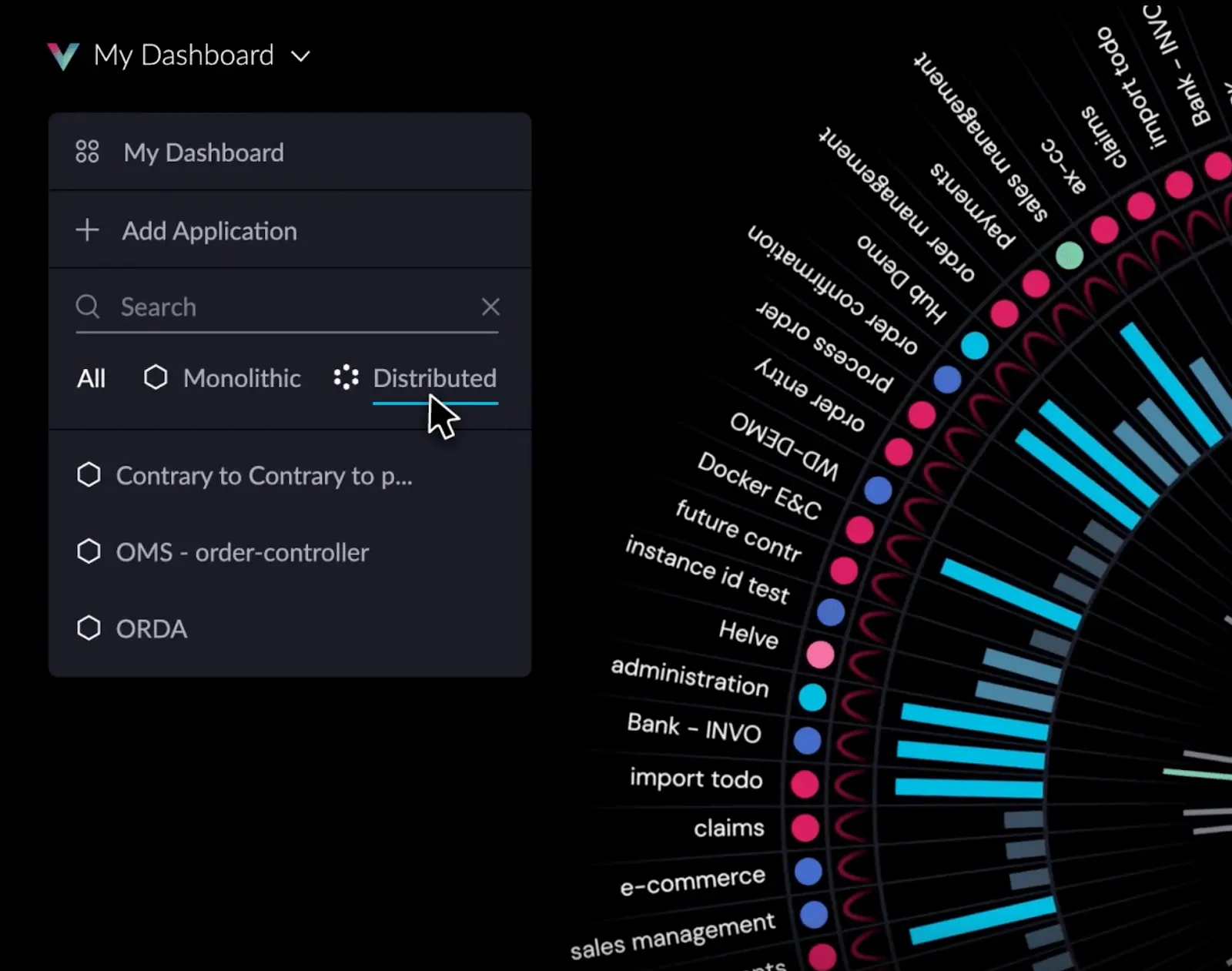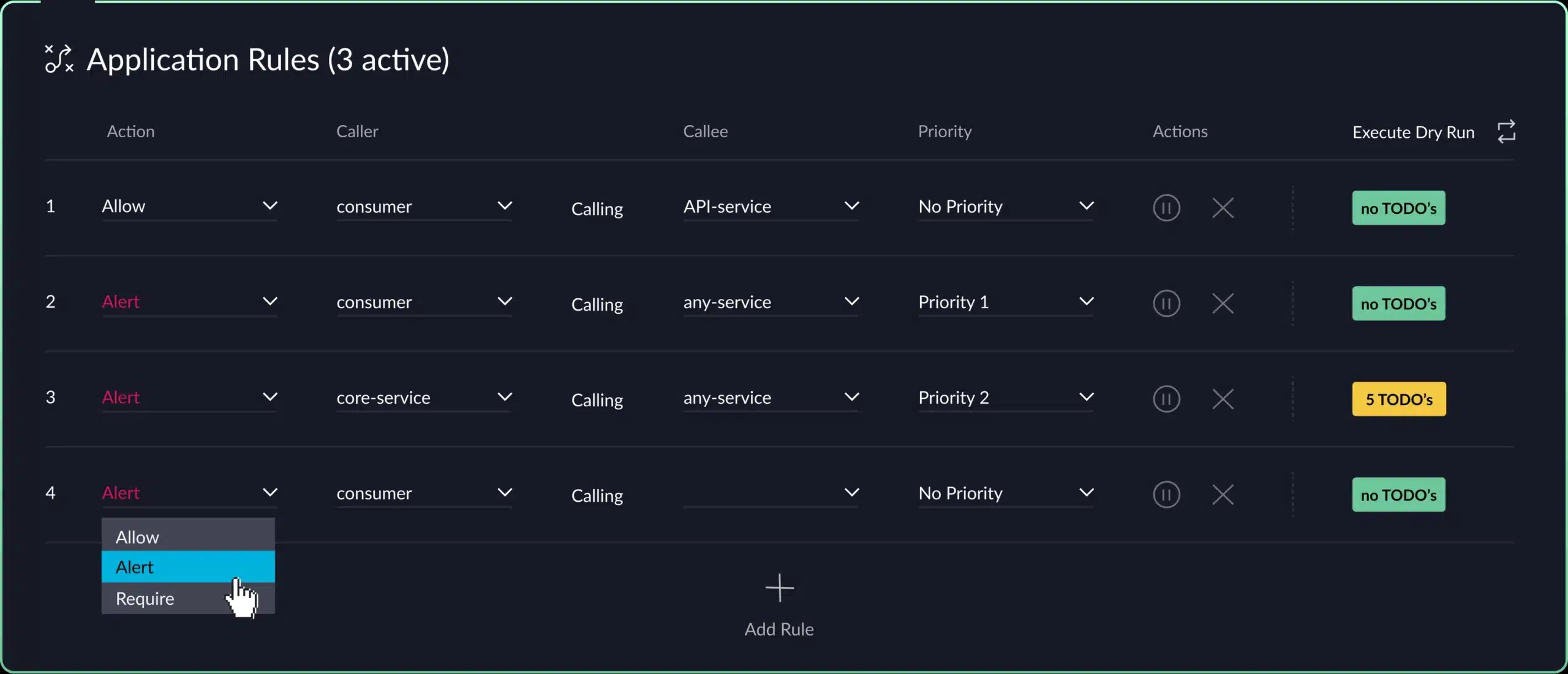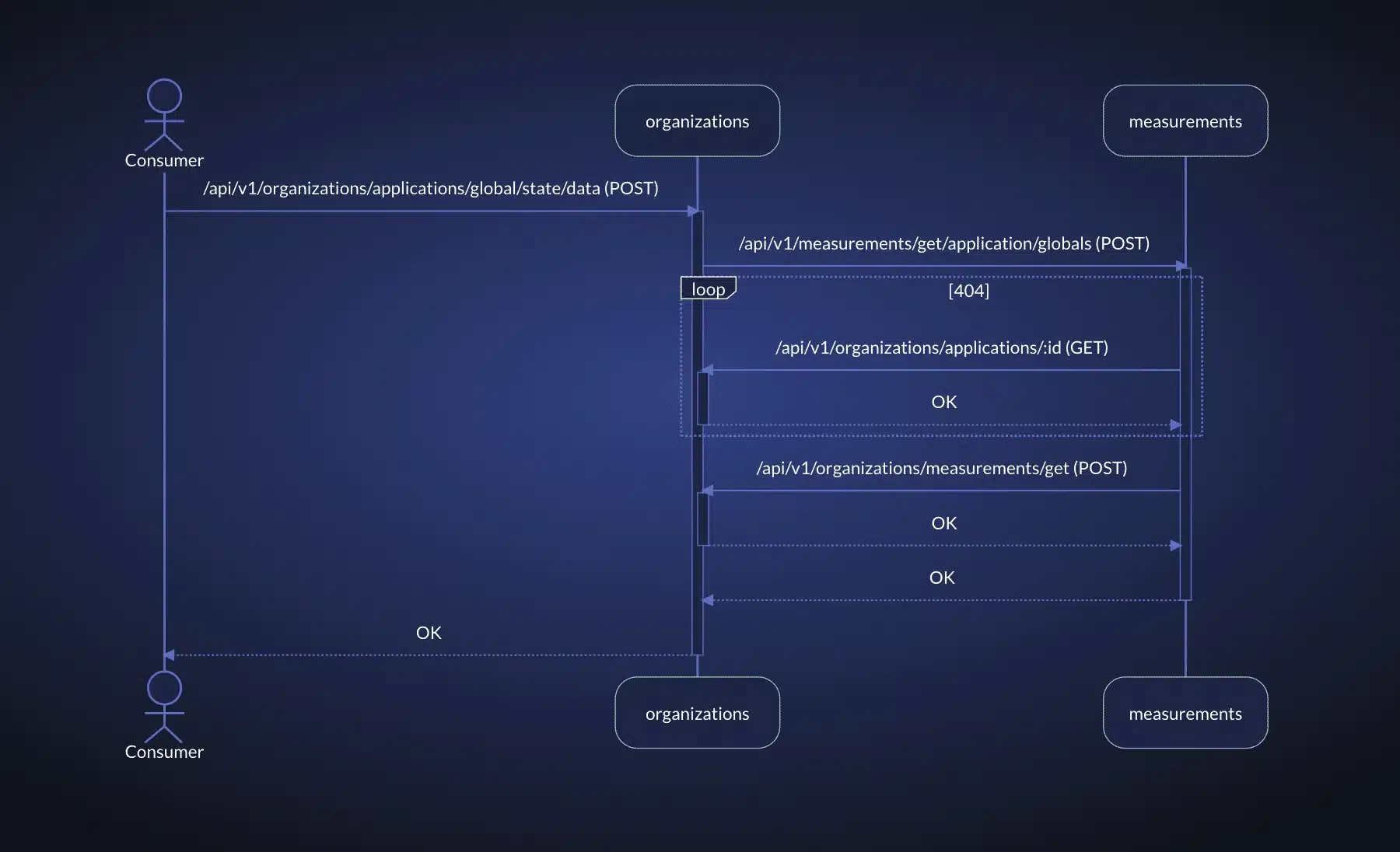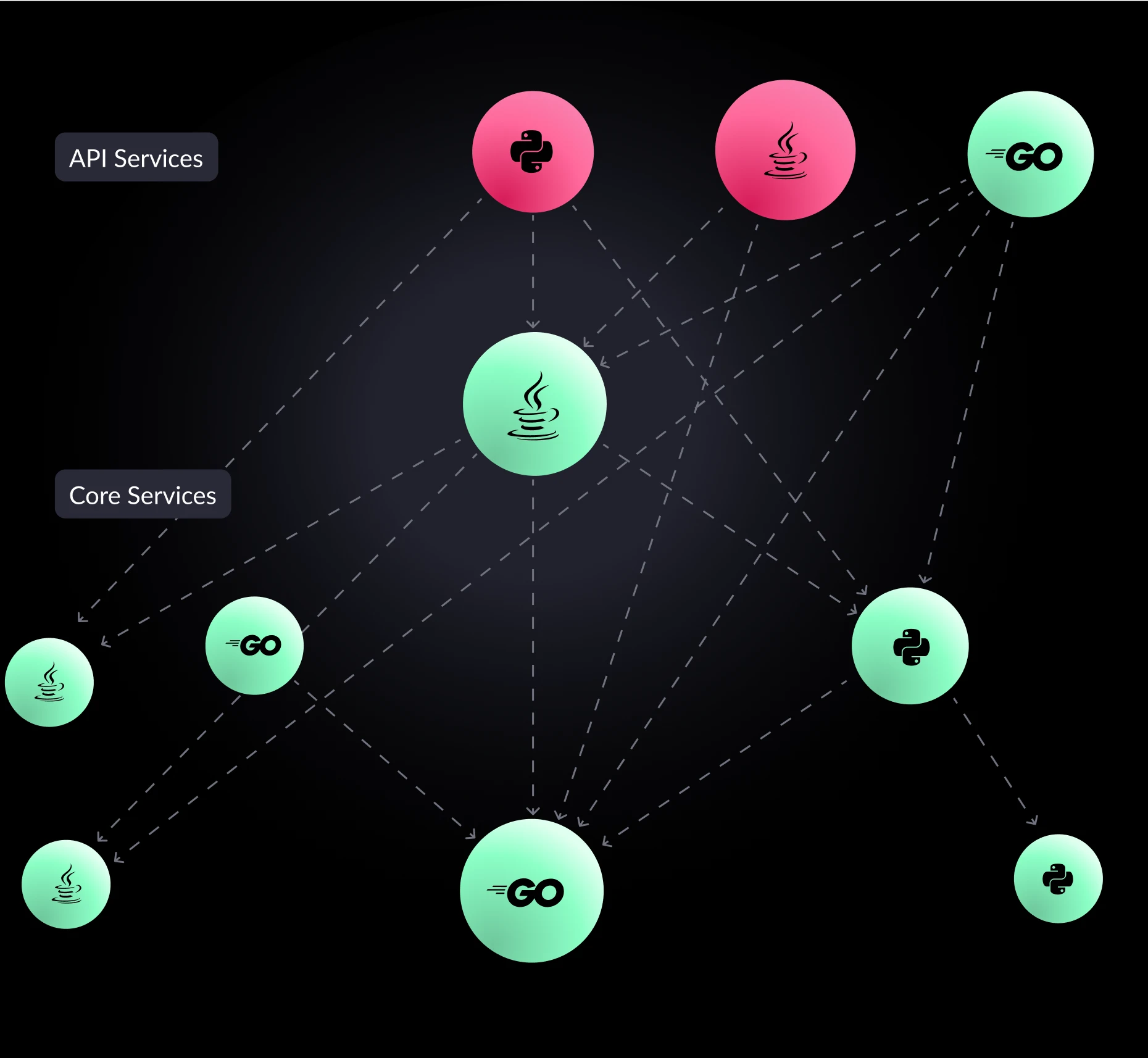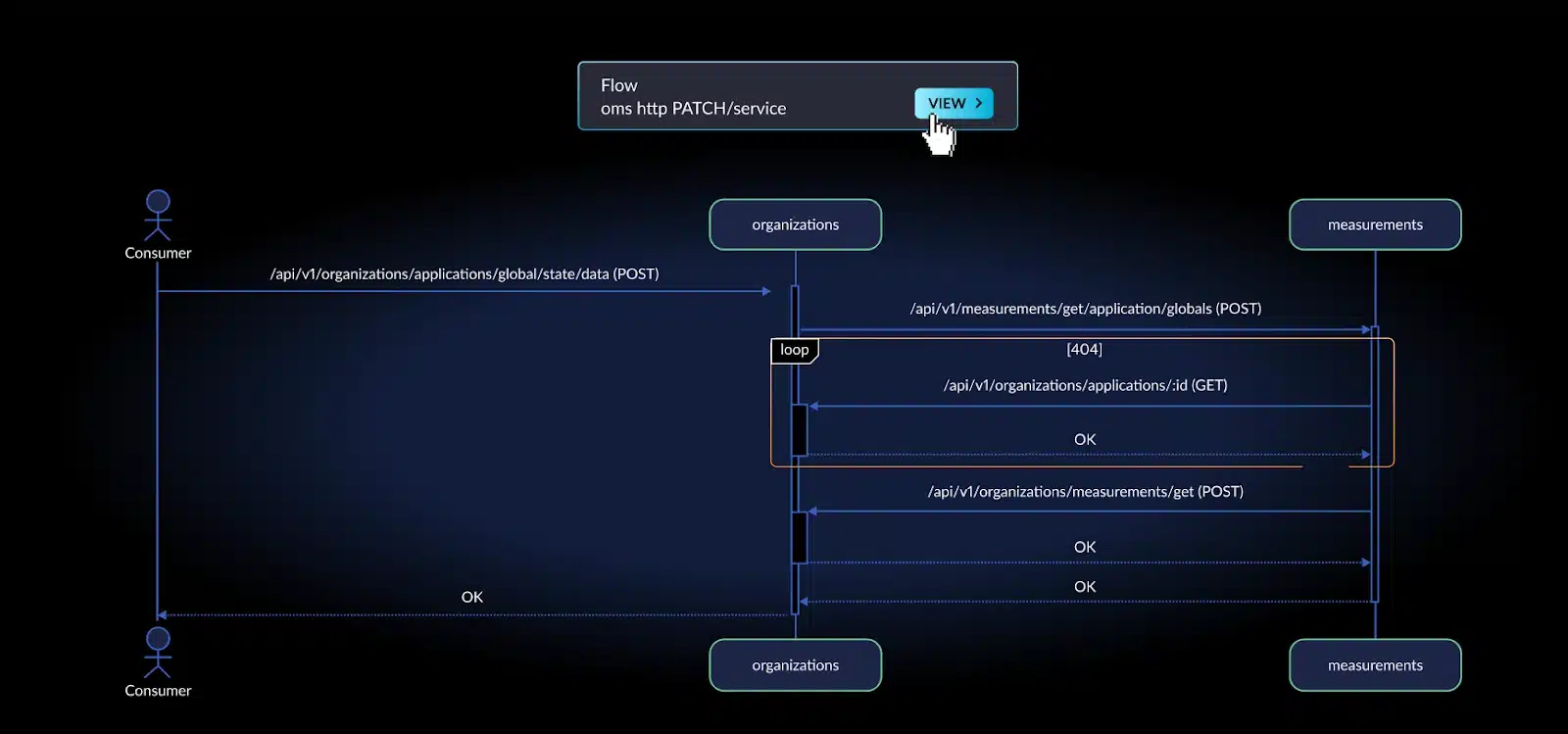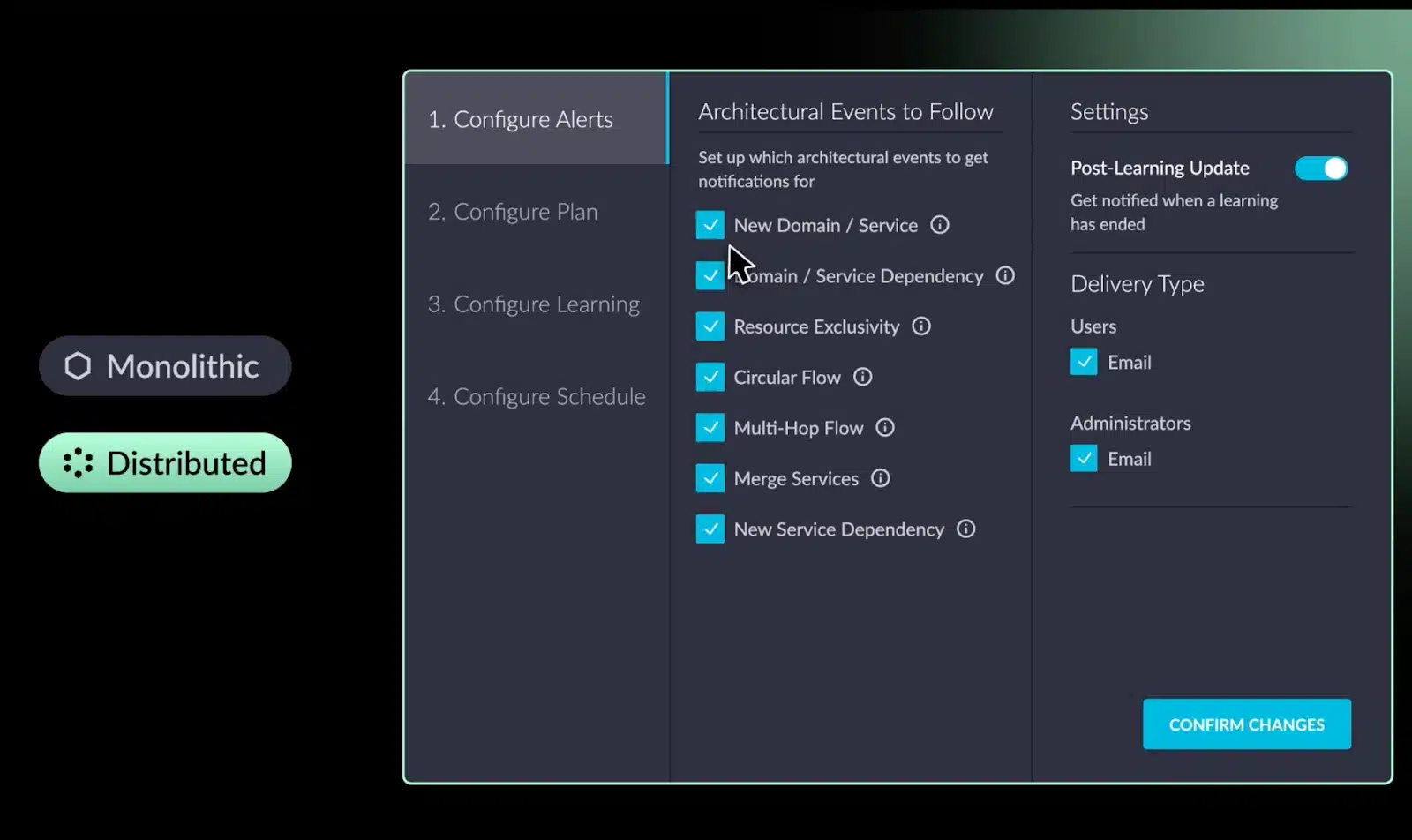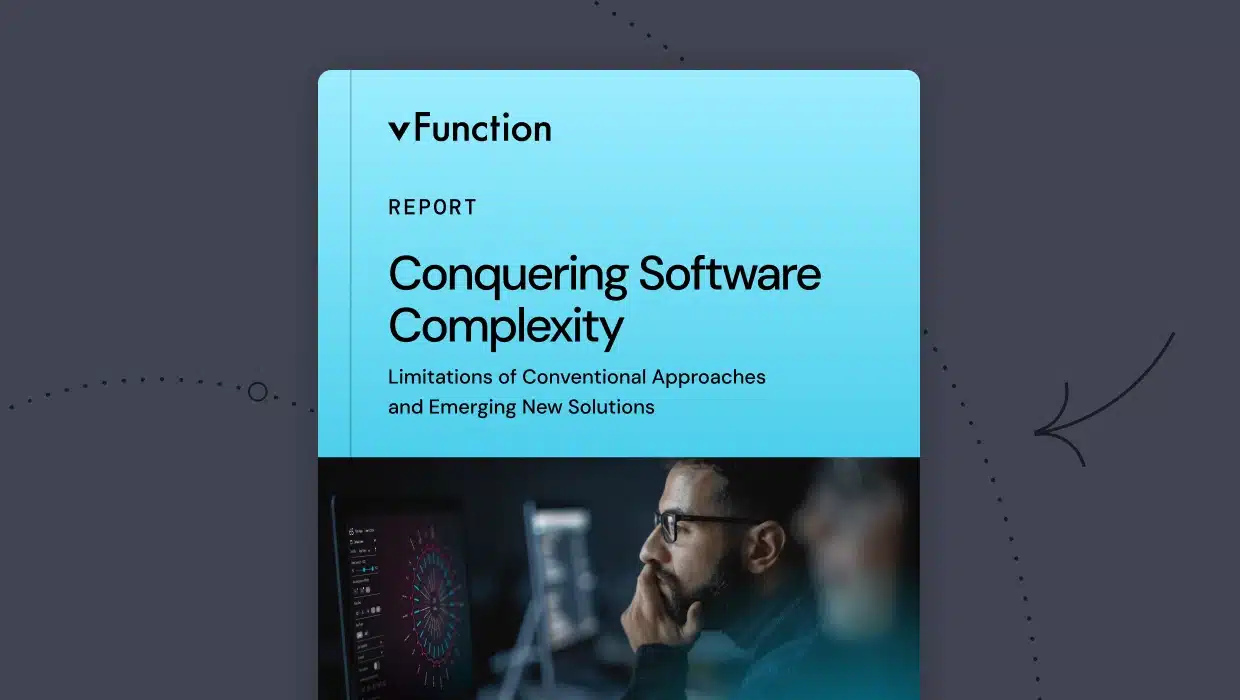Challenges managing growing microservices
At what point do microservices become too difficult to manage—20, 100, 500, or more? Without strong governance, teams face escalating challenges in documenting the actual architecture, and understanding its flows which eventually result in service sprawl, latency, and even downtime.



